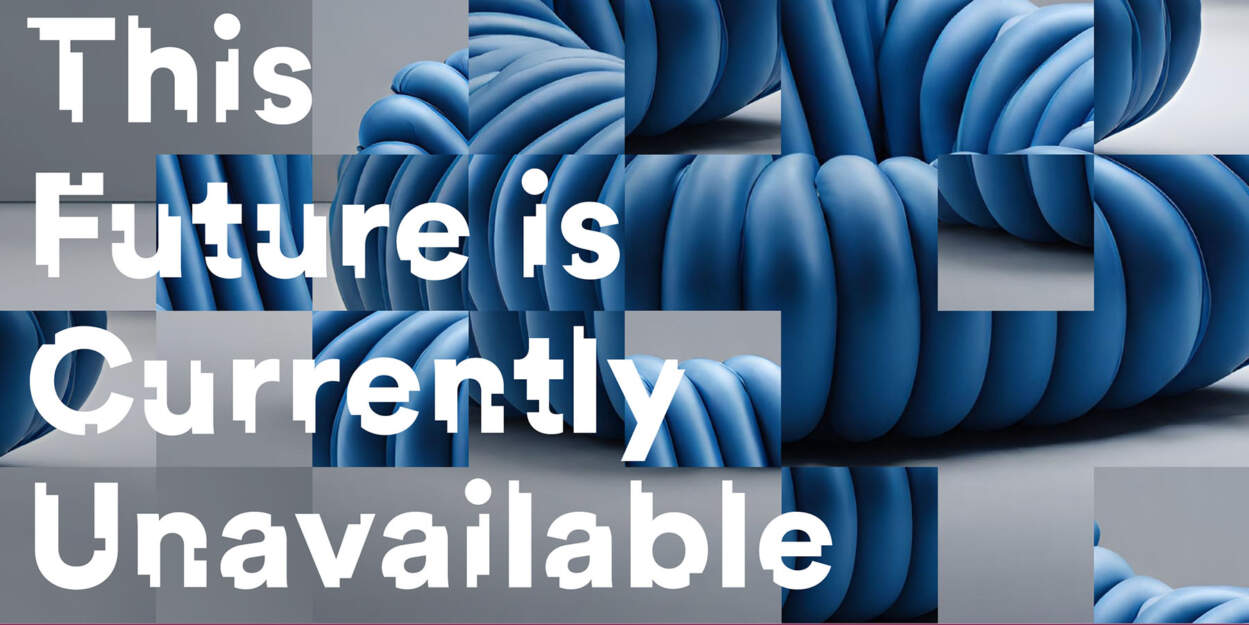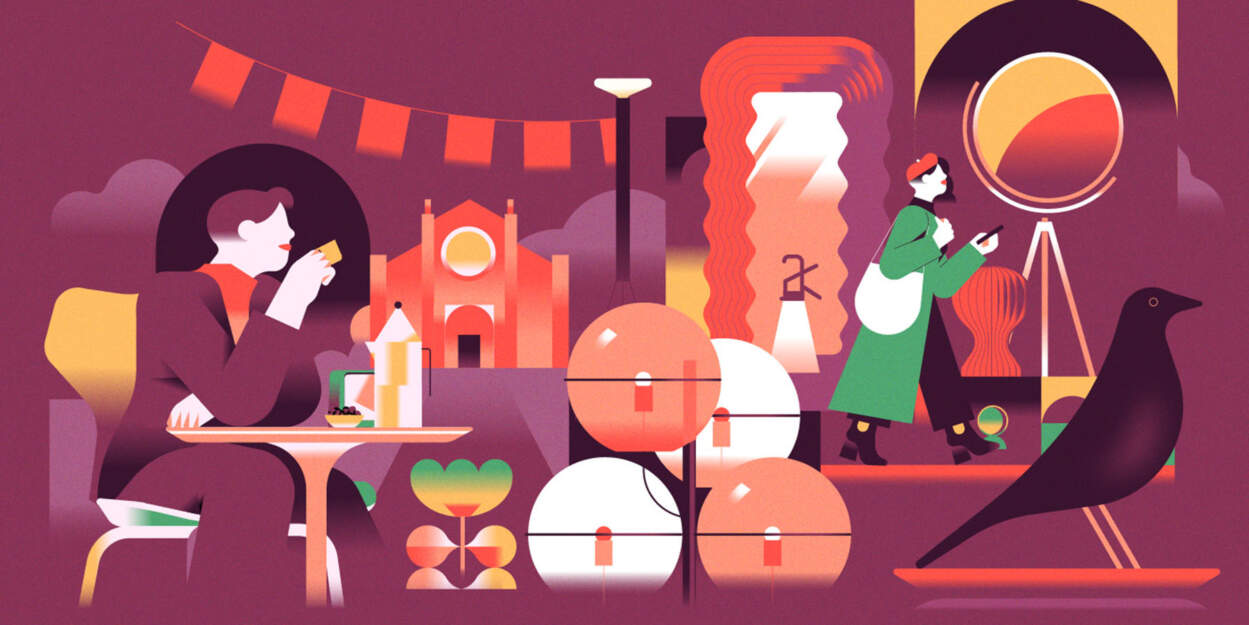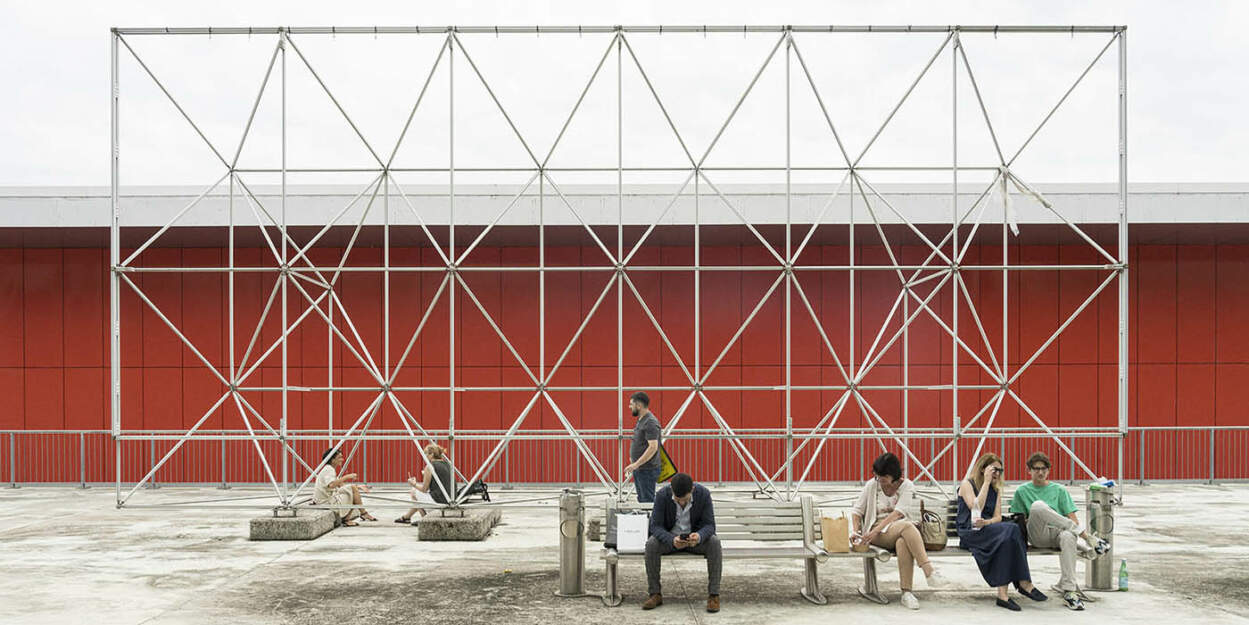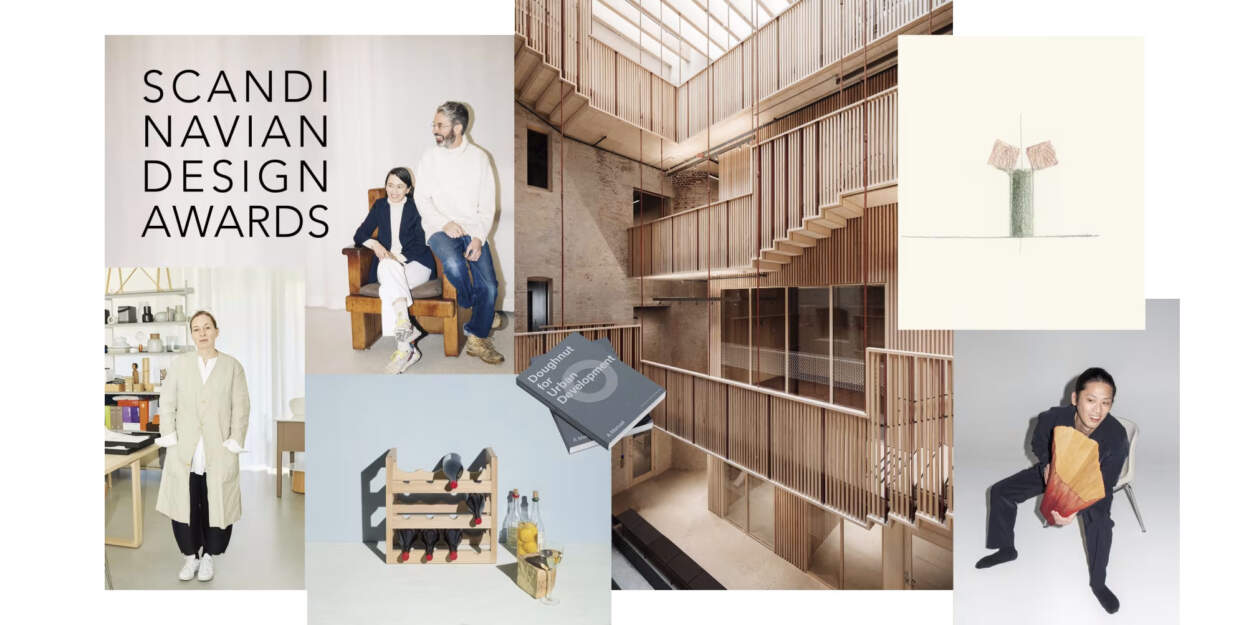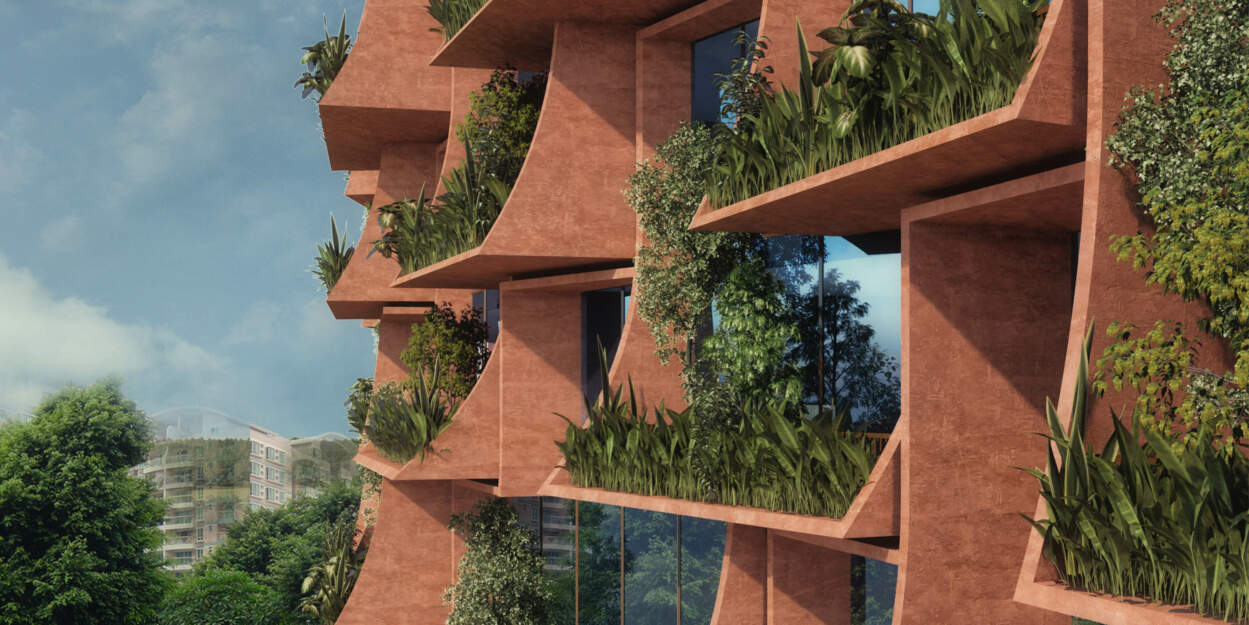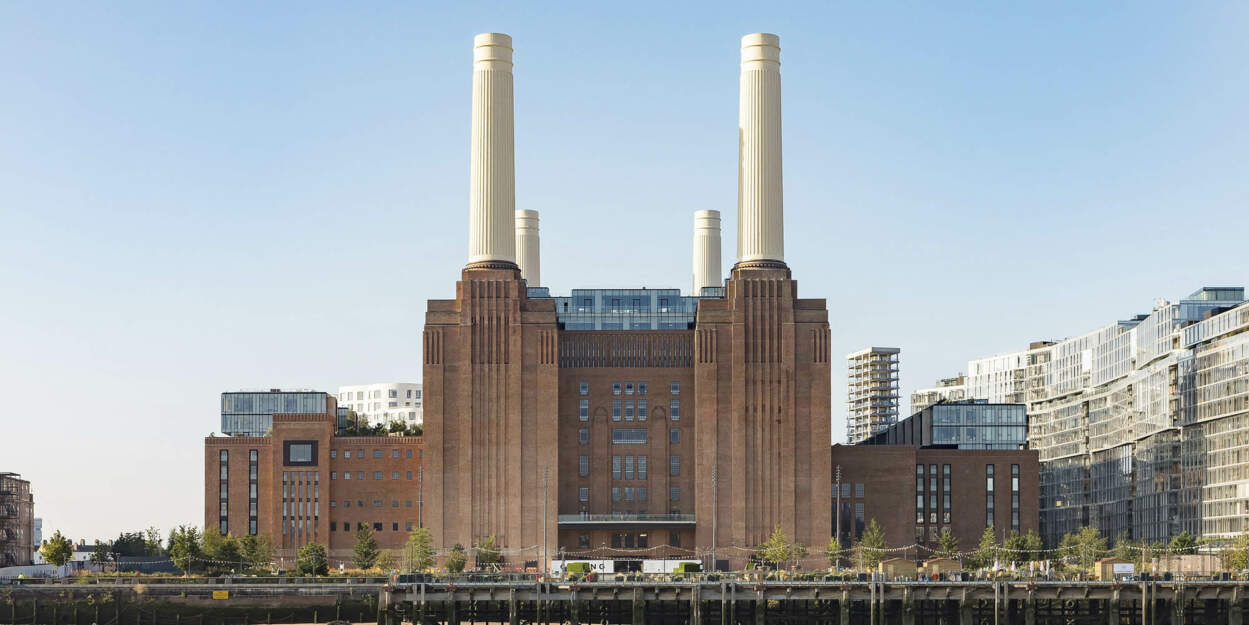We had the chance to visit the preview of the Venice Architecture Biennale 2021 and more than ever we enjoyed starting again to travel and meet people against the backdrop of one of the most beautiful and delicate city in the world.
The declared goal of this edition is to bring people together, despite the pandemic, to solve complex problems. Problems that not even politics has been able to solve.
The emerging answer of this Venice Architecture Biennale 2021 preview is that we urgently need to solve problems by going back to the roots.
Architects answered that the future will not be comfortable and easy. They are rethinking their tools to address the complex problems at hand enlarging their table to include other professionals and citizens. Their receipt is more resilience, interaction and inclusion.
An ever increasing 60% of the population continue to live in cities built on outmoded ideas of a good life. The architectural resilience of these spaces may have adjusted to our changing needs over time, but by now they have reached the limits of their elasticity. Our family lives have evolved and diversified, but we continue to replicate the model of the nuclear family house along with its embedded biases of hierarchy and privacy.
The architectural criteria of our comfort is still based on standardized approaches that confine the body and detach it from its environment.
As stated in thePavilion of Denmark curated by Lundgaard & Tranberg, we are living in a time when nature is perceived as something inherently different from ourselves and our ways of living preclude us from sensing things any differently.
Taking water as the physical element that connects all life on Earth, they created a spatial architectural exhibition where water is experienced in tamed, processed and boundless states. They utilized water as a phenomenon that intensifies the experience of the pavilion's architecture, while the social interaction that develops among the visitors within the space points to the outside world.
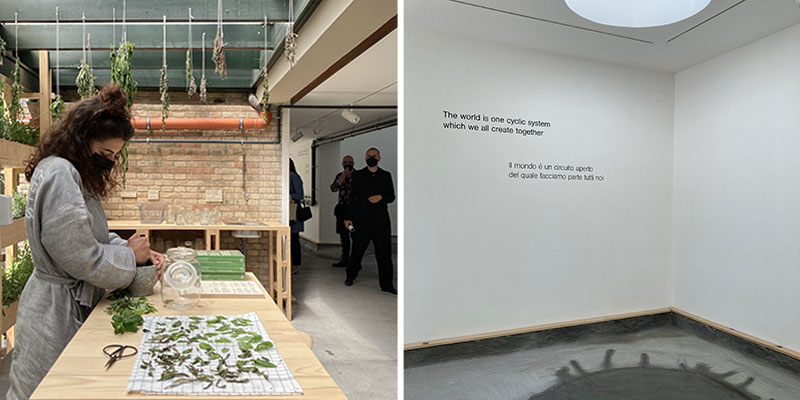
Our social associations have become more diffused and diverse and yet the space of the community is still centered around values of association that tend to be more inward-looking and claustrophobic.
Our cities have long expanded beyond the centralized model of separated land-uses and income groups, but we often continue to think of the good city as one with a center, spatially organized societal hierarchies, and with its back turned to the rural and nature.
Above all, we have become increasingly aware of the global dangers of our spatial practices, including transportation and environmental controls, but we continue to live as if alone on a passive planet of endless resources.
At Arsenale, EFFEKT explore how we can design future communities rooted in the principles of nature. By asking ourselves the right questions and collaborating across sectors on projects such as these, the Danish architecture firm strives to bridge the gap between cities and natural ecosystems for the mutual benefit of both human and non-human life.

What emerges, is an urgent need to explore new models of communal living. In the past year, questions about our ways of living, and how they closely relate to issues such as loneliness, social encounters and community, have become even more acute.
This Venice Architecture Biennale 2021 preview teaches that our actions are not ours alone. Any act, however trivial, sits atop an accumulation of countless acts that arose from our interactions with someone else. Therefore it can never be said that what we do, as individuals, belongs solely to us.
The Biennale Architettura 2021 is permeated by the emerging activism of young architects and the radical revisions being proposed by the profession of architecture to take on these challenges. Architects are suggesting possible social organizations through new connect spaces.
For instance at the French Pavilion, Christophe Hutin's project Communities at Work, tells the story of an architect discovering the life experience of residents. These different projects are not just designed by an architect but bear witness, rather, to the influence of residents on the development of their own living space. In Europe, Africa, Asia, and America, communities of residents are transforming their environment on a daily basis. It presents five case studies, in Hanoi, Soweto, Bordeaux, Detroit, and Johannesburg, to understand how we live together.
Inside the Central Pavilion, Studio Other Spaces co-founders, artist Olafur Eliasson and architect Sebastian Behmann, in collaboration with six co-designers, have created Future Assembly – a congregation of more-than-human stakeholders nominated by over fifty creative practices from around the world and united in a more-than-human conversation. A collection of attempts and the propose that future imaginaries must include the more-than-human factor structured around reciprocity, collaboration and coexistence.
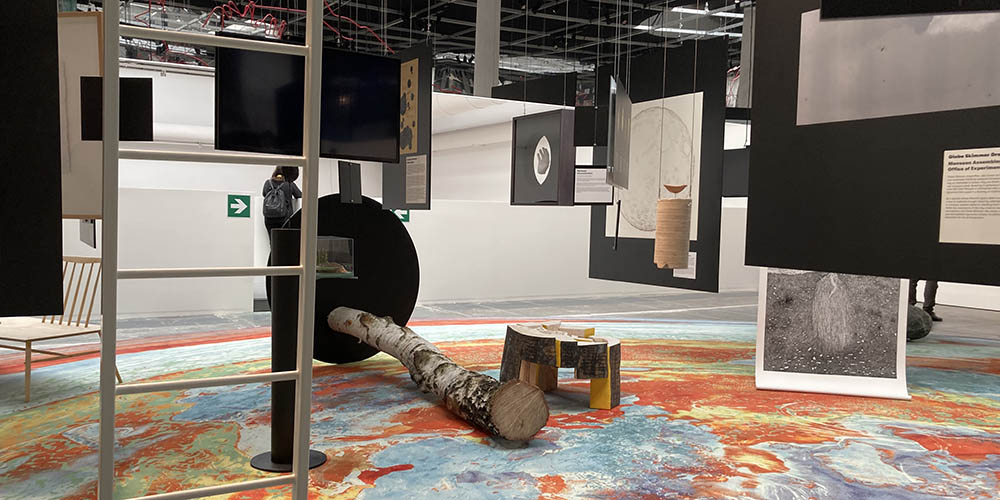
Reprocity, collaboration and coexistence are even at the core of the highly anticipated cohousing project showcased in the Nordic Pavillion: a full-scale section of a solid wood cohousing project, called Vindmøllebakken, designed by Helen & Hard architects in close collaboration with a group of residents in Norway.
The Nordic cohousing model combines owner-occupancy and individual living units with shared facilities and communal participation. The model was developed in the 1970s and has since spread around the world.
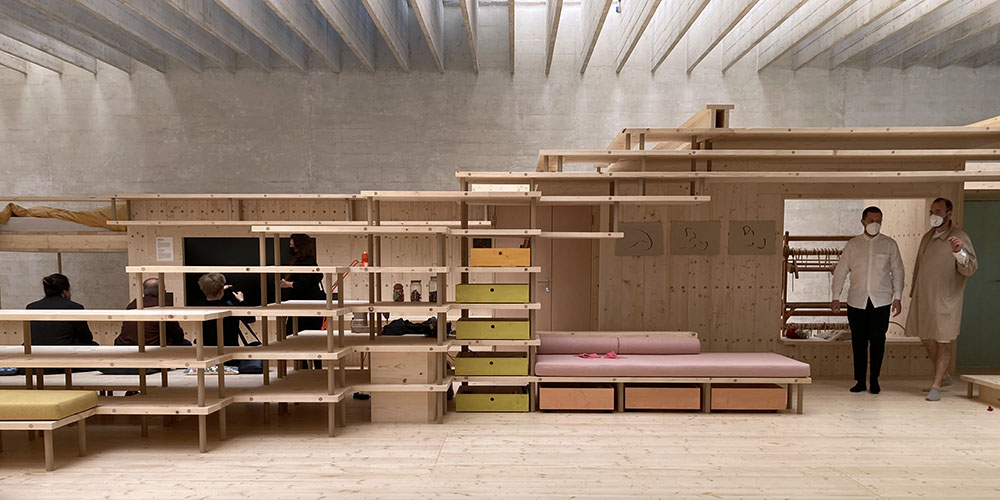
A celebration of wood and timber architecture is also at the core of many important pavilions such as the USA Pavilion, the Finland Pavilion and the Japan Pavilion.

American Framing, co-curated by University of Illinois Chicago School of Architecture professors Paul Andersen and Paul Preissner, presents the architecture of wood framing, the most common construction system in the U.S. and one of the country's most important contributions to building practice. But it also offer the chance to see the Pavilion designed by Sverre Fehn from above.
The Japanese Pavilion invites visitors to reflect on the movement of goods fuelling mass consumption and rethink sustainability and reuse in architecture.
Titled Co-ownership of Action: Trajectories of Elements, the project curated by Kadowaki Kozoinvolves dismantling an old wooden building and transporting it to Venice to be reconstructed in a new configuration with the addition of modern materials. Ina logic of circular economy the exhibition exemplifies how old materials could be given an entirely new existence by putting the current movement of goods in the service of reuse rather than consumption.
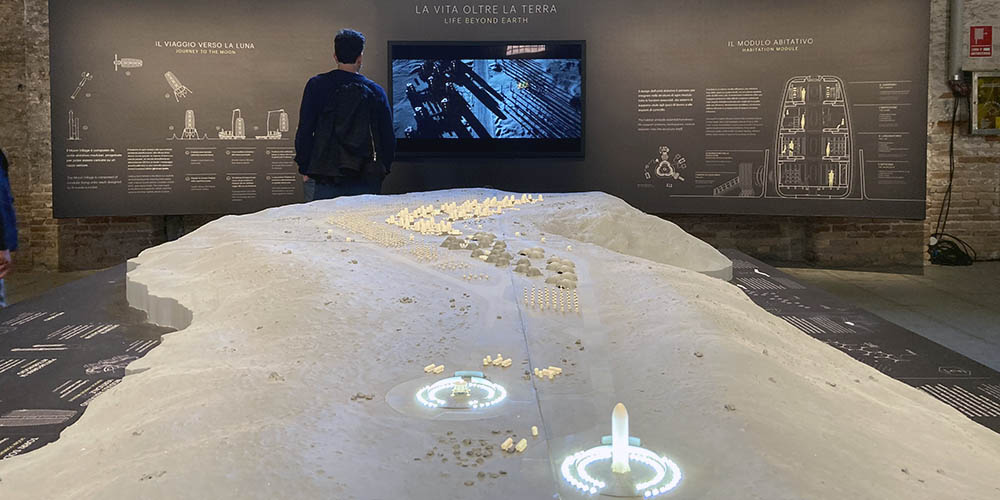
A completely different answer of urbanism comes from SOM, in collaboration with the European Space Agency: Life Beyond Earth explores the limitations of inhabited environments beyond Earth and examineswhat it takes to maintain life under the extreme conditions of extraterrestrial environments.
But, do we really want to destroy another planet?
At the link here below you cand find all you need to know about the 2021 Venice Architecture Biennale: https://www.archivibe.com/all-about-2021-venice-architecture-biennale/


